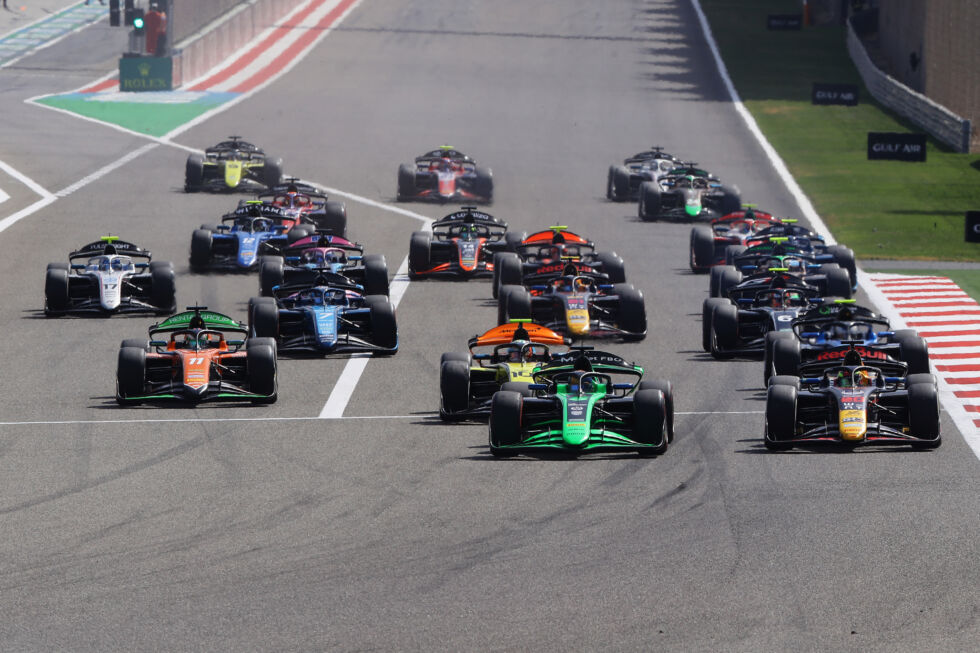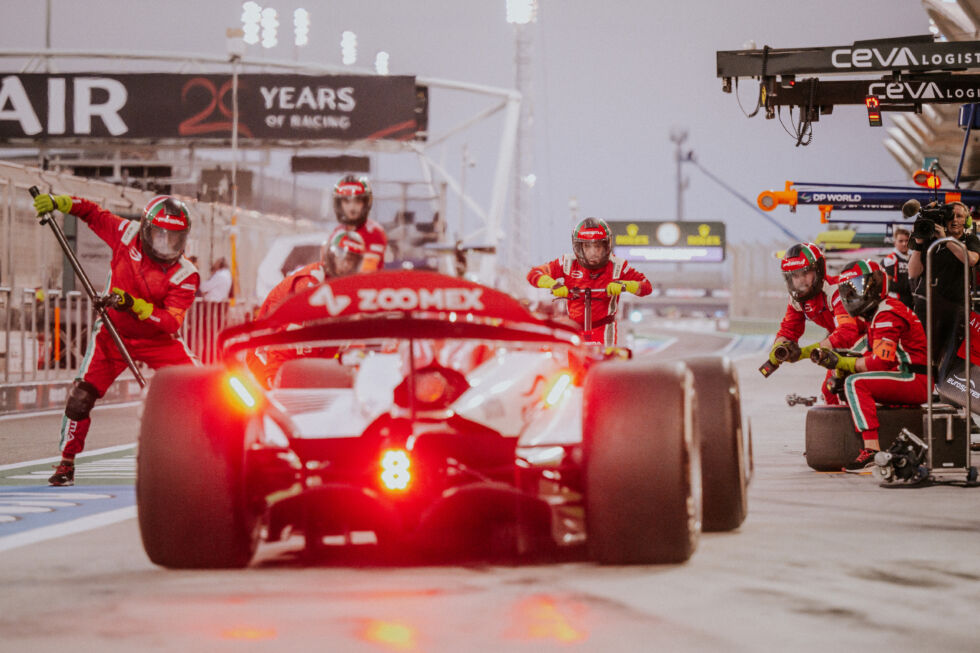
Getty Images
Formula 1’s 2024 season burst into action this past weekend at the Bahrain Grand Prix. The 10 teams had just spent three days conducting preseason testing at the Sakhir circuit, but Friday’s qualifying session was the first time everyone left the sandbags in the garage. On Saturday, we got a true reflection of just how much of a gap there is between Max Verstappen in the Red Bull and the other 19 drivers.
The prospect of a third runaway championship for the Dutch driver will be too much for some fans to stomach, and social media is full of complaints from people who want to cancel their F1 subscriptions. Not everyone can find the excitement in a race for second place, after all. Luckily, F1 isn’t the only game in town.
Check out Formula 2
Take this year’s Formula 2 season, for example. As the name suggests, it’s the feeder series for F1, a place for younger drivers to cut their teeth before (hopefully) moving up to the main attraction. Everyone uses the same car in F2, and for 2024, it’s all-new. The car is built by Dallara, which also makes IndyCar’s chassis, the Japanese Super Formula car, the Formula 3 car, and sports prototypes for Ferrari, Cadillac, and BMW. It’s powered by a 3.4 L turbocharged V6 with around 620 hp (462 kW).

Joe Portlock – Formula 1/Formula Motorsport Limited via Getty Images
Drivers can stay in F2 for several years, but you occasionally get a rookie that takes the championship—superstars like Lewis Hamilton, Nico Rosberg, Charles LeClerc, George Russell, and Oscar Piastri all won their first seasons. (Yes, technically Rosberg and Hamilton raced in GP2, but it’s the same thing.) Others need a couple of years to catch the crown—Mick Schumacher for example—while some young racers can spend three or even four years in the series before moving on to new pastures. Stick around that long and that new pasture is unlikely to be an F1 seat, however.
There’s already quite a buzz about some of this year’s crop of F2 drivers. Andrea Kimi Antonelli is a 17-year-old Italian who’s reckoned good enough by the Mercedes F1 team that it would not offer Lewis Hamilton a two-year contract extension, sparking Hamilton’s impending move to Ferrari in 2025. Antonelli’s teammate in F2 is another hotly tipped youngster, the British Oliver Bearman, who’s now in his second season and is part of the Ferrari junior program.
There are even two American drivers in the field, Jak Crawford and Juan Manuel Correa, both driving for the Dams team. Correa debuted in F2 back in 2019 before having his career derailed for several years after a severe crash at Spa-Francorchamps that took the life of fellow F2 driver Anthoine Hubert.

Pauline Ballet – Formula 1/Formula Motorsport Limited via Getty Images
But the star of this past weekend was Barbados’ Zane Maloney, who won both the sprint and feature races. I was particularly impressed with how Maloney started eighth in the sprint yet muscled his way into the lead within a few laps before disappearing off into the distance. And I get a real kick out of hearing his thick Bajan accent in the post-race interviews.
Sure, the cars are a little slower than F1, but they can follow each other closely through the corners, and the racing is extremely close.
WECcy races
The World Endurance Championship also held its first race of 2024 on Saturday, also in the Middle East, at the smooth (if a bit featureless) Losail circuit in Qatar. WEC is contested by some of the same types of cars we saw race at the Rolex 24 at the end of January, with a class for hybrid prototypes (called Hypercar) and a pro-am class for production-based GT3 race cars (called LMGT3).
Sportscar racing likes to make things needlessly difficult for fans, which is why the Hypercar class actually has a mix of machines, some built to a ruleset called LMDh (devised in the US) and others to a ruleset called LMH (created by the French organizers of the 24 hours of Le Mans). LMDh cars are a bit cheaper to build and all use the same spec hybrid systems, which work on the rear axle; LMH cars are more expensive and can put the hybrid motor on the front axle, although it can only deploy power above a certain speed.
2023 was the first year for Hypercar, and the LMH machines had a definite speed advantage over their LMDh rivals—The Toyota team won six of the seven rounds with its GR010, with Le Mans going the way of Ferrari and its stunning 499P racer.
-
The Losail circuit in Qatar gave us 10 hours of almost uninterrupted sportscar racing this past weekend.
James Moy Photography/Getty Images -
It was the last race for Peugeot’s wingless 9X8 race car, which only really works well on very smooth circuits. One car ran in second place for much of the race but ran out of fuel on the final lap, to much heartbreak. A new Peugeot with a rear wing will show up at the next race.
James Moy Photography/Getty Images -
Alpine had a torrid time in F1, bringing up the rear of the field. It was more competitive in WEC with its brand-new A424 prototype.
James Moy Photography/Getty Images -
Lamborghini is another new competitor in WEC Hypercar, with its new SC63.
James Moy Photography/Getty Images -
The Isotta Fraschini Hypercar ran into problems early on and did not finish the race.
James Moy Photography/Getty Images

